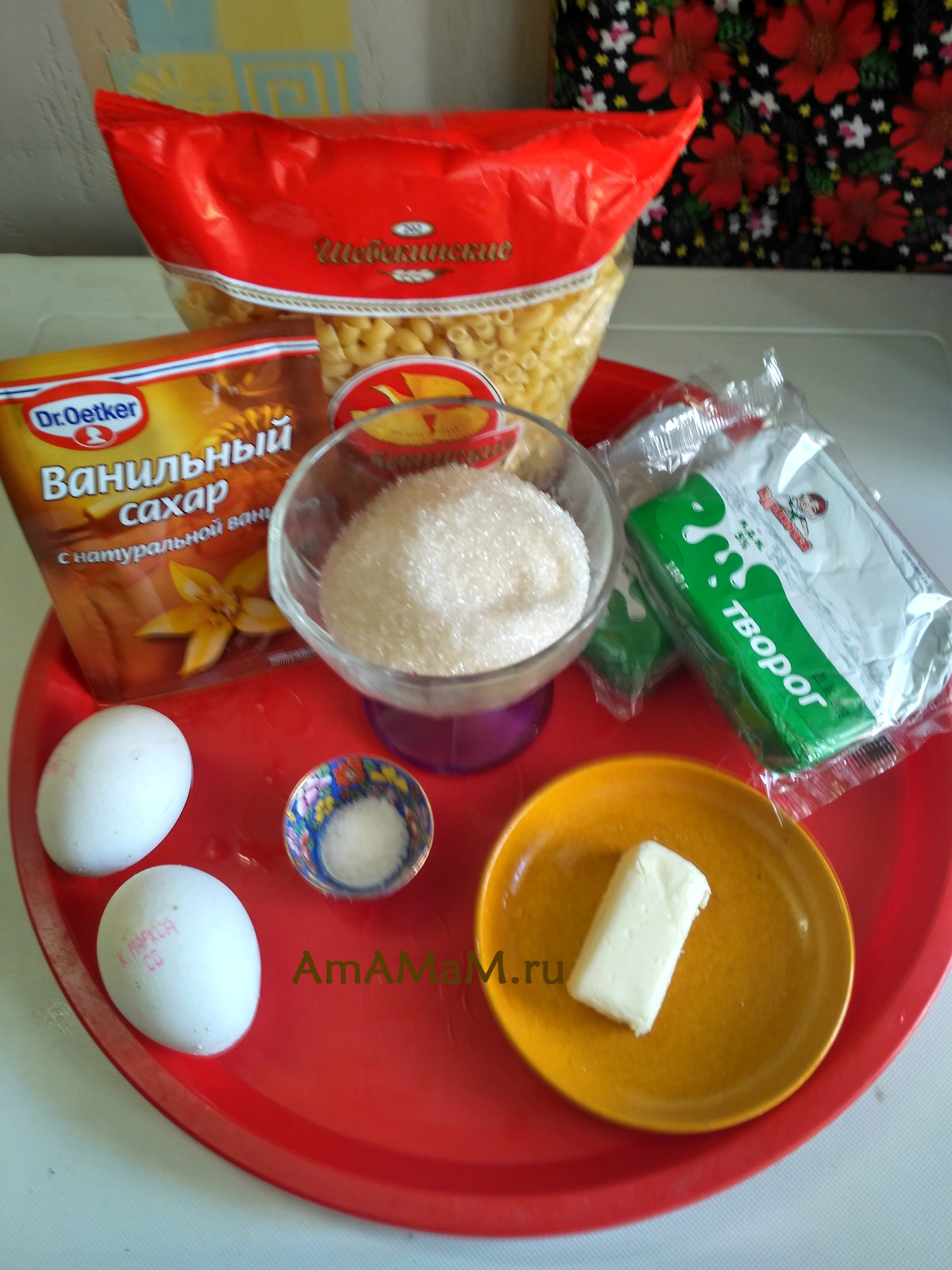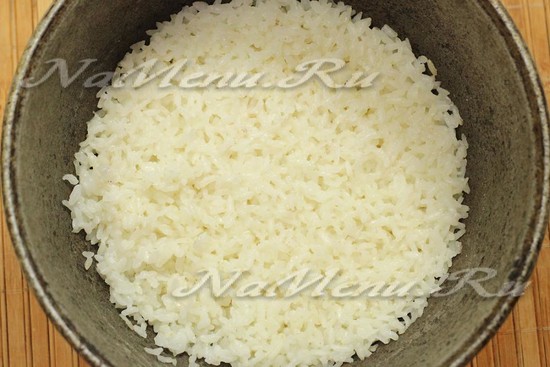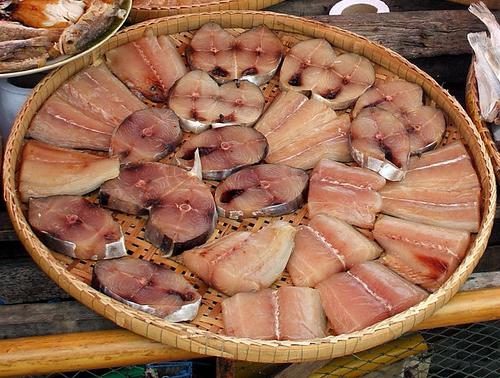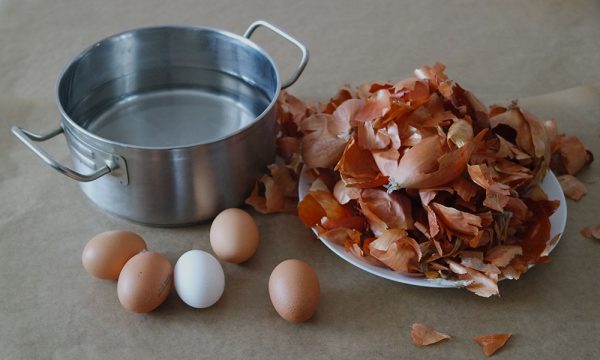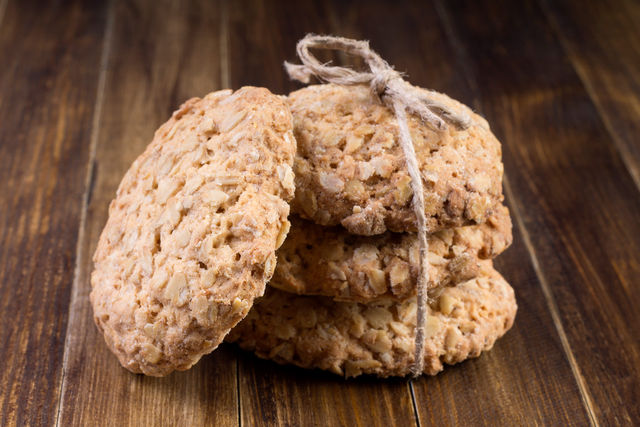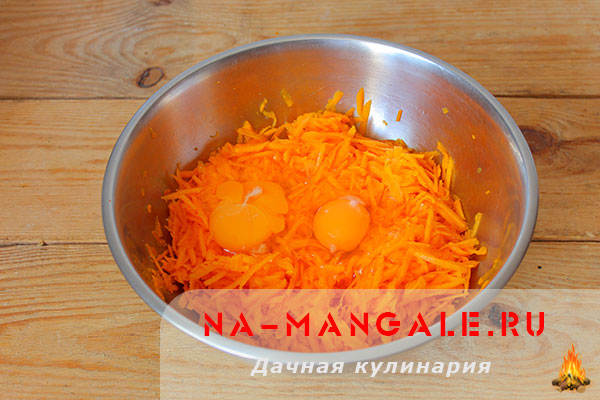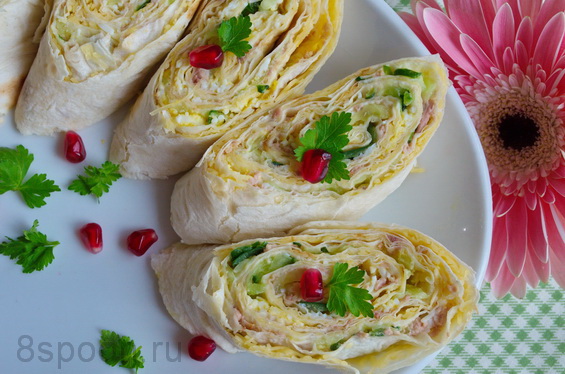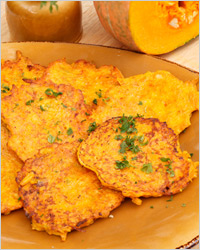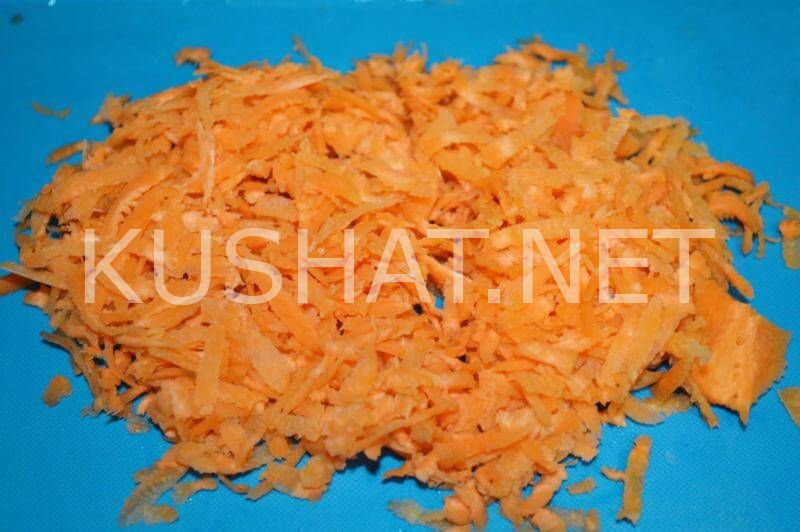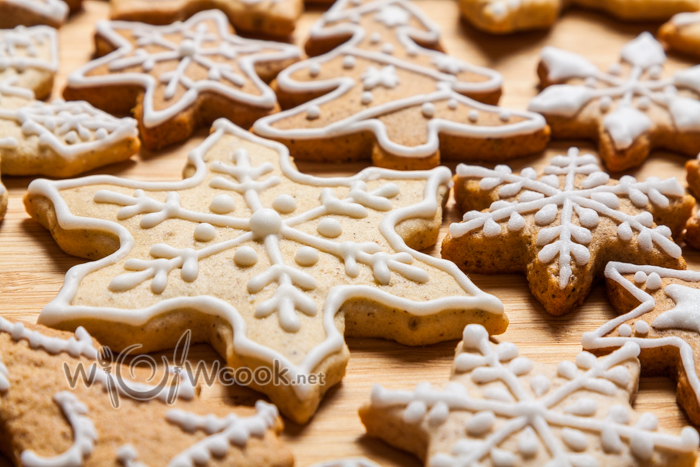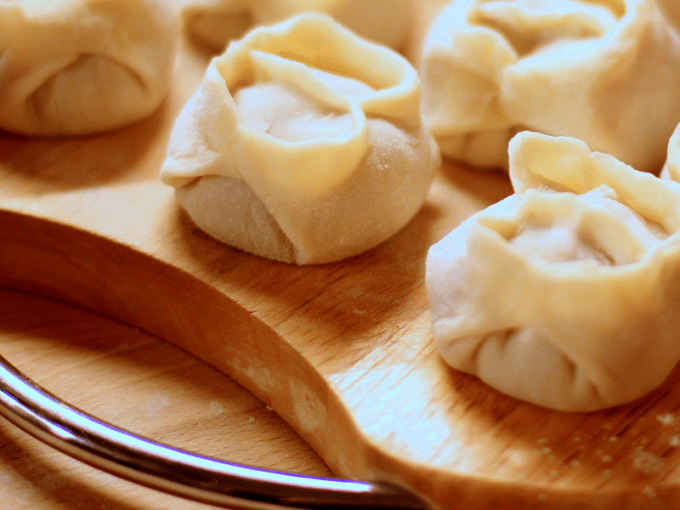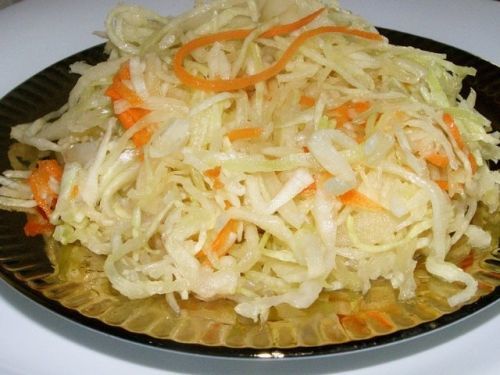Temperature storage of vegetables and fruits. Proper storage of fruits and vegetables
Fruit and vegetable storage
Fruits and vegetables are essential for a balanced and healthy diet. as well as cereals, meat and dairy products. They give us important nutrients: vitamins, minerals and fiber. Fruits and vegetables deteriorate quickly due to improper storage. In addition, vitamins are especially sensitive to temperature and light. So, the proper storage of vegetables and fruits allows you to save vitamins for a long time. In this article you will discover how to store vegetables and fruits, keeping them permanently fresh and full of healthy ingredients.
Proper storage of fruits and vegetables
Different fruits and vegetables require different storage conditions. A particularly important role is played in the proper storage of vegetables and fruits, depending on their origin, temperature and humidity play.
Most people keep fruits and vegetables in the refrigerator without a second thought. On the other hand, for tropical fruits such as bananas or melons, this is not a good place. Due to the low temperature, fetal tissue cells are damaged and the bananas are covered with brown spots. It is best to store vegetables and fruits grown in the southern climate at a temperature of 8 to 13 degrees.
If vegetables and fruits are stored in a cooler place, they lose up to 70 percent of their vitamins in two days. In addition to heat, vitamins are very sensitive to light. Therefore, fruits and vegetables that are not in the refrigerator are best stored in a dark place.
Temperature is critical
The following fruits and vegetables can be safely stored in the refrigerator:
Fruits: apricots, pears, peaches, nectarines, cherries, strawberries, blueberries, raspberries, gooseberries, currants, grapes, kiwi and plums
Vegetables: broccoli, cauliflower, carrots, kohlrabi, mushrooms, corn, leeks, lettuce, spinach, radishes, Brussels sprouts, asparagus, Chinese cabbage and green peas.
Fruits stored in the refrigerator should be placed in open plastic bags to protect the fruits from drying out.
A little warmer - the ideal temperature for storing vegetables and fruits from warm countries is 8-13 degrees.
Fruits: Melon, Mango, Lemon, Papaya, Pineapple and Grapefruit
Vegetables: tomatoes, bell peppers, zucchini, cucumbers, onions, potatoes, garlic and eggplant
It is easiest to ensure their storage in the basement or closet. This is much better because it is too warm at room temperature and too cold in the refrigerator for long-term storage. And bananas are best stored at a temperature of 12 to 15 degrees.
How to store fruits
How to store vegetables and fruits
- Apples: Apples become wrinkled over time because they lose water. Therefore, it is better to store apples in a room with high humidity, such as in the basement. Apples should never be stored with other fruits because they produce a large amount of ethylene.
- Bananas: Bananas are not stored in the refrigerator, because there they quickly become covered with brown spots. In a cool, dry place, bananas can be stored for up to 3-4 days.
- Strawberries: Strawberries should only be stored in the refrigerator. These berries are very tender and quickly deteriorate, so they are stored for no more than two days. Strawberries should also be stored so that the berries are not subjected to any pressure, otherwise you will get a sweet fruit with bruises.
- Melon: Melons are best stored in the basement or in a cool pantry. If the melon has already been cut, it is best to store it wrapped in plastic wrap.
- Plums: Plums should be stored unwashed in the refrigerator. Thanks to the white coating that covers the plums, the fruits are protected from drying out.
- Grapes: Grapes like plums should also be washed immediately before meals. Otherwise, the grapes dry out faster.
- Cucumbers: Cucumbers should not be stored in the refrigerator. They remain fresh for a long time at a temperature of about 15 degrees. Therefore, cucumbers are best stored in the basement or in the pantry.
- Carrots: Carrots can be stored in the refrigerator - preferably in a plastic bag with holes. Tops should be cut short. Continuing to grow, it spends water, and carrots can be wrinkled.
- Asparagus: Asparagus is best eaten as fresh as possible. In the refrigerator, store no more than a day wrapped in a towel.
- Tomatoes: Tomatoes in the refrigerator, where they quickly rot. They should be stored in a cool, dry place. Tomatoes should never be stored together with other vegetables, as they emit large amounts of ethylene.
- Zucchini: Zucchini, like cucumbers, is very sensitive to cold. It is best to keep them in a cool, dark place.
For the proper storage of vegetables and fruits, you should know that tomatoes and apples should not be stored with other fruits and vegetables. It is established that they emit ethylene in large quantities. This gas sets in motion the ripening processes and thereby ensures that fruits and vegetables ripen and deteriorate faster. Other fruits, such as bananas or apricots, also produce ethylene, albeit in smaller quantities than apples and tomatoes.
If you bought an unripe fruit, you can take advantage of this effect: put an apple or tomato in unripe fruits, and the ripening process will be accelerated.
Remember that different types of vegetables, such as cucumbers, cauliflower, lettuce and cabbage, are very sensitive to ethylene, you should always store these fruits and vegetables separately.
Despite all the tips on how to store vegetables and fruits, you should always keep in mind that fruits and vegetables are best served fresh. Storage of vegetables and fruits should not be too long, because even if vegetables and fruits are stored under optimal conditions, they lose all the time in valuable nutrients. So buy as many fruits and vegetables as you need over the next two to three days.
In stores selling fruits and vegetables, favorable conditions have been created for storing fruits, because they quickly disappear, which means that the director may lose a significant share of the proceeds. Such care for the products is beneficial for the consumer, because only properly preserved fruit and vegetable crops are enriched with a large amount of vitamins and useful nutrients.
Technologists are constantly studying how to slow down the processes of decay and spoilage of fruits. Storage technology primarily depends on the current state of the products. For example, if they are not ripe, it is necessary to provide a ripening process similar to the similar process in gardens and fields.
Modern methods of storing fruits and vegetables
Technologists who are familiar with the methods of effective, long-term storage of vegetables and fruits can offer one of the following options:
- to build in the warehouse high-quality ventilation of increased power, then the fruits will not rot and rot;
- perhaps the room lacks refrigeration equipment designed for large square meters;
- the microbiological air purification and disinfection system has a good effect on fruit and vegetable crops.
Solving issues related to the long-term storage of horticultural products requires further study and basic research. The methods and processes are constantly improving, but so far mankind has not learned how to do without the constant circulation of air and refrigeration equipment.
By the way, we took over the desire to make supplies from our four-legged friends, only they dig bones in the ground, and we bring the products home and place them on the shelves of the refrigerator. From year to year, practically nothing changes. A certain breakthrough in storage technology can be considered wireless cooler bags, which are designed to keep cold temperatures inside the structure like a thermos.
Modern refrigerators also do not stand aside - now different systems offer several levels of food cooling. Technologists note the importance of keeping products in top condition for 2 reasons:
- Improving the technology minimizes cases of poisoning by missing dishes.
- Fruits and vegetables are the foundation of a healthy diet, so you need to eat them every day, which means that the purchase and storage for a long period remain almost the most necessary. For entrepreneurs, this approach is advantageous in that you do not have to travel too often for fruit and vegetable crops, which means you can save on transportation costs and earn more.
Storage temperature of fruits and vegetables
Even when storing vegetables and fruits at home, it is important to know what temperature is optimal for each type of product. Approximate become 2 indicators:
- relative humidity;
- temperature.
We asked the technologists for data on how to preserve the most common fruits and vegetables for the long term. At the same time, a new crop was taken into account, correctly packed, sorted and placed in the necessary warehouse, which can be a cold storage plant, a storage for fruits, a chamber for vegetables.
For the convenience of using the information, the information is available in tabular form. The recommended temperature values \u200b\u200bare taken from textbooks of American universities involved in the preparation and graduation of qualified young specialists. The times of the USSR are famous for the high standard of GOSTs that determine the optimal storage conditions for fruits and vegetables, which is also indicated in the table below.
Estimated temperature for storing fruits and vegetables - table
| Name of fruits (vegetables) | Storage conditions (temperature) |
| ripe avocado | from plus 3 to plus 13 degrees |
| unripe avocado | from plus 7 to plus 10 degrees |
| artichoke | 0 ... + 2 degrees |
| eggplant | + 7 ... + 12 degrees |
| broccoli | within 0 degrees |
| swede | within 0 degrees |
| mushrooms | within 0 degrees |
| green pea | + 0.5 ... + 2 degrees |
| summer squash | + 5 ... + 10 degrees |
| winter squash | + 10 degrees |
| early cabbage | -0.5 ... + 0.5 degrees |
| late cabbage | 0 ... + 1 degree |
| brussels sprouts | about 0 degrees |
| chinese cabbage | about 0 degrees |
| early potatoes | + 3 ... + 10 degrees |
| late potato | + 3 ... + 10 degrees |
| sweet corn | about 0 degrees |
| bow | from -2 to +2 |
| green onion | 0…+1 |
| carrot | -0,5…+0,5 |
| cucumbers | +7…+13 |
| parsnip | around 0 |
| squash | from 0 to +10 |
| sweet pepper grade | +7…+13 |
| hot pepper | from 0 to +10 |
| unripe tomato | +10…+21 |
| ripe tomato of any kind | +7…+21 |
| early spring radish | around 0 |
| winter grade radish | around 0 |
| turnip | around 0 |
| green turnip look | around 0 |
| beet | from 0 to +2 degrees |
| pumpkin | within + 10 ... + 13 degrees |
| dried beans | + 4 ... + 10 degrees |
| cauliflower variety | within 0 ... + 1 degrees |
| Fruits | |
| apricot | -1 ... 0 degrees |
| quince | -1 ... + 0.5 degrees |
| a pineapple | + 7 ... + 13 degrees |
| orange | from -1 to +10 degrees |
| watermelon | +2…+21 |
| unripe banana | +13…+21 |
| ripe banana | from +13 to +16 |
| grape | -1…+2 |
| cherry | -0,5…+2 |
| blueberry | from 0 to +1 |
| garnet | from -3 to +10 |
| grapefruit | +10…+16 |
| pear | -2…0 |
| melon | within 0 ... + 13 degrees |
| blackberry | 0…+1 |
| wild strawberries | within 0 |
| kiwi | from 0 to +2 |
| cranberry | +2…+6 |
| strawberry | 0…+0,5 |
| lime | +9…+13 |
| lemon | +2…+14 |
| raspberry | -0,5…0 |
| mango | +10…+13 |
| mandarin | 0…+8 |
| nectarine | -0,5…0 |
| peach | -1…0 |
| plum | -0,5…+1 |
| currant | -0,5…0 |
| persimmon | 0…+2 |
| cherries | -1…+2 |
| blueberries | 0…+2 |
| prunes | -0,5…0 |
| an Apple | -1…+4 |
| gooseberry | -1…0 |
What fruits and vegetables can not be combined with each other
Not all fruits can be stored nearby. There are completely incompatible vegetables and fruits, which, on the contrary, contribute to the emergence of negative factors that determine:
- spoiling one another;
- the release of nutrients;
- loss of vitamins;
- odor absorption.
Based on compatibility, fruits and vegetables are placed according to the following rules:
- avocados should not be placed next to the apricot, otherwise the latter will kill the pleasant aroma of the former;
- spread onions with figs, grapes, mushrooms, corn;
- most fruits and vegetables do not tolerate neighborhood with polyethylene, not to mention the storage of products in plastic bags.
How to lower the storage temperature of vegetables and fruits
 Even if fruit and vegetable crops are contained in refrigeration equipment, this does not mean that the temperature cannot be affected. The cooling efficiency increases significantly if the circulation of air blowing products is increased. This method has become the basis for forced air cooling, which many refrigeration plants use today.
Even if fruit and vegetable crops are contained in refrigeration equipment, this does not mean that the temperature cannot be affected. The cooling efficiency increases significantly if the circulation of air blowing products is increased. This method has become the basis for forced air cooling, which many refrigeration plants use today.
The essence of the principle is to make cooled air masses move faster due to a high-power rotating fan. At the same time, it is important to observe the rule of the sequence of fruit laying.
Sometimes for the effectiveness of this process it is necessary to re-equip the refrigerator, but if the upgrade is economically disadvantageous for the owner, cheaper cooling options are used. They can be portable and mobile forced air cooling devices. What needs to be done is to minimize the loss of water from fruits and vegetables.
How does the cooling system work:
- Drying of cold air occurs in the equipment.
- At this time, water vapor condenses on the evaporator, which reduces the humidity in the room. As a result, the product loses a certain percentage of moisture.
Another option for cooling fruits and vegetables is by hydro-cooling, when the heat comes out faster than with the forced method.
Regardless of the time of year, you can buy almost any kind of vegetables and fruits in stores. And in order for these products to maintain their presentation, freshness and maximum vitamins, one must adhere to the rules for their storage. In this article I will share with you the experience of storing vegetables and fruits in the refrigerator, pantry and on the balcony, as well as tell and show small tricks that help protect products from spoilage.
So that vegetables and fruits do not absorb each other's smell, they should be stored separately (on different shelves of the refrigerator, in special containers, boxes, bags, etc.).
Potatoes
Potatoes are best stored in a dark and cool place with good air circulation. And so that sprouts do not appear on the tubers, put 2-3 apples in a bag or box of potatoes. The apple absorbs moisture faster and the potato will not germinate. My potatoes are stored on the balcony in a box of plywood, insulated with foam. When there is severe frost outside the window, I cover the drawer with a sheepskin coat.
It is undesirable to store potatoes in the refrigerator, because moisture and cold adversely affect the taste of tubers.

Pumpkin
I also keep a pumpkin on the balcony. I have it insulated, and the temperature during a not too cold winter is kept within 10-12 degrees. I covered the floor with paper, laid out a pumpkin and covered it with a dark blanket. After all, it is desirable to store it also in a dark place where direct sunlight does not fall. But since January of this year turned out to be very frosty, I transferred the pumpkin to the room and placed it in a corner near the balcony, naturally, away from the battery. If I left the pumpkin on the balcony, where the temperature dropped to 0-2 degrees, or maybe lower, the orange beauty would begin to blacken and rot.

Cabbage
I store white and blue cabbage in a cool place, wrapping the heads in paper. I don’t remember where I heard such advice, but I liked the fact that it almost does not deteriorate (the top leaves slightly dry). And so that it does not take up much space in the refrigerator, I put it on the balcony, wrapping each head of paper in paper. Do not use newspapers, printing ink can soak into the vegetable, and consuming such products is very dangerous.

Bow
Onions of different varieties (Yalta or red, shallots, onions) are stored separately from each other. The room should be dark, dry and cool (temperature not higher than 18 degrees). For onions, I have a separate large basket, the air is well ventilated in it, and I can always quickly select the desired bulb size. I am not a fan of hanging onions in nylon tights or nets, it is not very convenient to get it from there. Such baskets are in my pantry.

Spicy pepper
In the pantry, in addition to onions, I store red hot peppers. I hang it on a rope on a nail. Doesn’t bother anyone, hangs and dries.
Roots
In the refrigerator in the vegetable compartment, I store carrots, beets, celery root, horseradish root, as well as Chinese cabbage and a small fork of blue and white cabbage.
 \
\
Carrot
I’m never washing my carrots; I store them as they dug in the garden, that is, in the ground, sand or clay. The fact is that carrots have a thin skin and, having washed the vegetable, you shorten its shelf life. Carrots are perfectly stored in the refrigerator in a plastic bag at a temperature of +2 - +5 degrees for two to three weeks.
If you have a private house, a basement or a cellar, then do not be too lazy to make a box of carrots with sand and store it in it (completely submerging the carrots in the sand; with such storage, carrots after extraction from the sand are no different from those just dug in the garden) .

Beet
Beets are perfectly stored in any cool place: the bottom shelf of the refrigerator or a compartment for vegetables, a balcony, a cellar or a cellar. Store it in a box, bag or bag. If I bought a lot of beets, then I store part in the refrigerator, part on the balcony. The main thing is to protect the vegetable from direct sunlight.
Similarly, I store radish, celery root, horseradish root.
By the way, root crops cannot be stored cut, because they quickly deteriorate, dry and rot. If you have half the beets, part of the carrots or celery root and nowhere to use them - freeze the vegetables. Cut into cubes, straws or grate, put in a bag and send to the freezer. In the future, when cooking soup or stewing a dish, you will have a useful preparation.

Fruits and some vegetables
Apples, tomatoes and bananas, as well as pears, bell peppers, etc., should be stored separately from other vegetables. The special substance that they secrete - ethylene, contributes to the rapid maturation of other vegetables and fruits, and this can lead to spoilage of foods.

Bananas
Therefore, I store bananas in a basket on the refrigerator. You can leave them on the kitchen table, but having children in the house, with such a bunch you will quickly part, and so you can control the amount of fruit eaten. Do not keep the bananas in the bag, they will ripen very quickly.

The apples
I store apples in a cold place. I’m more comfortable on the balcony. It is possible in the refrigerator, but then there is no room for other products. It is very convenient to store apples in a cardboard box, box or basket, separating them with ordinary paper so that rot or spoilage does not spread to other fruits. If the volume of apples is small, less than 3-4 kg, then paper can not be used.

Tomatoes
I never store tomatoes in a special compartment with other vegetables. Anyway, I don’t put it in the refrigerator. For some reason, lying in the refrigerator, tomatoes become tasteless. Therefore, I store them in a container with holes on the shelf of the kitchen cabinet. By the way, it’s cool in my kitchen, the temperature is between 18-19 degrees.
And I don’t buy a large number of tomatoes, I always try to count on a salad or in a dish so that they do not stale for a long time.

Greenery
I keep dill, green onions and parsley in the refrigerator, dipping the tips in a container of water. And so that the tops of the greenery did not fade, I covered them with a ventilated lid. I take a plastic bottle, cut off the part with the neck, unscrew the cork and cover the greens. So the greens can remain fresh for about 3-4 weeks.

Garlic
Most of the trouble I had with the storage of garlic. The fact is that until the new year, the heads of garlic are stored perfectly in the refrigerator, on the balcony, and in the pantry. But January-February comes, and the garlic begins to germinate, the teeth fade, deteriorate and turn yellow. What I just tried.
Two methods helped: burn the root sprouting site over the burner and sprinkle the cloves of garlic with salt or flour. I always have such a jar in the refrigerator - it contains cloves of garlic in husks, sprinkled with flour. You can still peel the cloves, put the garlic in a jar and add vegetable oil. It turns out that time has already been saved on peeling garlic, and aromatic oil can be used to fry other products.

Cucumbers
Cucumbers I like to eat cold. But many argue that they cannot be stored in the refrigerator. Yes, if stored in a sealed bag, they deteriorate faster and taste tasteless, and without the bag they quickly fade. I keep it on the refrigerator door, folding them in a bag and slightly opening it so that the cucumbers can breathe. Why at the door? So this is the warmest place in the refrigerator with a temperature of about +8 degrees. This result suits me, cucumbers do not fade and do not change the taste. So I have them stored for up to one week.
Do not buy cucumbers more than you planned for a salad or other dish. Cucumbers quickly fade, and it may turn out that you just in vain threw money away.

Lemons
Here, on the refrigerator door, I have lemons. So that they do not spoil, I do not put them in a bag. As you can see, the cut lemon lies on my saucer with the slice down. So that the slice does not dry out, I dip the lemon in sugar and put it on a plate. And if a lemon is needed for an unsweetened dish, then dip it in salt and also store it on the saucer with the slice down.
I often store tangerines and oranges on the balcony. And when there are very few of them left, I put them on the refrigerator door without a bag.

Nuts
What I have a lot of is nuts. Harvested in bags, so you want to keep everything intact and not spoiled. The best storage method is a cold and ventilated place. No plastic bags, cans, plastic containers. I store on the balcony in a box.
I also have a lot of “drying”, and more than once I fought with a moth that flew out of packages with dried apples. And then I began to store it in the cold and always in a linen bag, in which I put several dry sprigs of mint. The photo shows that the bag with “dryer” hangs on the balcony in the corner above the nuts.

Despite all the tips and tricks for storing vegetables and fruits, it should be remembered that they are best used fresh when they are most healthy and tasty. Try to correctly calculate the amount of fruits and vegetables that you will need for two to three weeks.
I hope my article was useful to you.
To start with a little chemistry lesson. Ethylene is an odorless and colorless gas that helps some fruits ripen. In some fruits, there is a lot of it (for example, apples and pears), and in some it is negligible.
- apples
- apricots
- avocado,
- bananas
- melons
- figs
- nectarine,
- peaches
- pears
- plums
- tomatoes
They should not be stored with other fruits and vegetables. Unless you want them to quickly complete.
For example, if you put a banana in a paper bag, it will ripen faster, as ethylene will be trapped in a paper. Or you can put an apple or a pear with a banana.
It is also worth considering the fact that ethylene leaves the damaged fetus faster. As a result, one cracked apple can make the whole package deteriorate faster than usual.
What and where to store
After going to the market or to the store, you need to put what you bought in the right place. Otherwise, all efforts and money will be wasted.
In the refrigerator are stored:
- Artichokes
- Beet
- Brussels sprouts
- Celery
- Cherry
- Grape
- Green bean
- Lima beans
- Leafy vegetables
- Leek
- Spinach
- Sprouts
- Zucchini
For storage in the refrigerator, you have three options: store without a bag, in a plastic bag or in a paper bag. A plastic bag holds moisture inside, so it’s better not to tighten it tightly or to make a few holes.
It is advisable not to wash vegetables and fruits before sending them to the refrigerator. If you washed them, dry them well, otherwise mold may appear, and this is not very good for other products and your health.
After ripening are stored:
- Avocado
- Nectarines
- Peaches
- Pears
- Plums
Store in water:
- asparagus
- greenery
You need to store it as if you were storing flowers: cut off the ends and put in a glass with a small amount of water.
Store in a paper bag:
- mushrooms
Do not wash and store in a plastic bag:
- Broccoli
- Carrot
- Cauliflower
- Corn
- Cranberry
- Chives
- Lettuce
- Peas
- Radish
Do not wash and store, laying in one layer:
- Blackberry
- Blueberries
- Strawberry
- Raspberry
The listed berries can not be washed and put a large number in one tray. The berries are very tender, and their skin is also soft. When washing, you damage them, juice flows out and they simply turn sour. If you store them in small trays in one layer, they will last much longer.
Stored on the kitchen table:
- The apples
- Bananas
- Tomatoes
- Basil
- Cucumbers
- Eggplant
- Ginger
- Grapefruit
- Lemon
- Oranges
- Mango
- Papaya
- Pepper
- Persimmon
- A pineapple
- Bananas
- Watermelon
- Garnet
The listed vegetables and fruits are not advisable to put in direct sunlight or next to the stove. From time to time, you need to shift them from place to place, so that the fetus does not lie on the same side for a long time. This is especially true for tomatoes.
Store in a cool dark place:
- Garlic
- Potatoes
- Pumpkin
- Leek
No wonder cellars are so popular in villages. After all, it’s in them all winter not only pickles and preserves are stored, but also potatoes, onions, pumpkin and garlic.
The fruits and vegetables that we buy, or collect in the garden in the summer, need to be stored somewhere. Of course, it is better to try to eat them fresh, or equip literate storage places in the suburban possessions. But what if there is no such possibility?
The refrigerator comes to the rescue
Not all fruits and vegetables are well kept in the refrigerator. Probably, you saw how quickly in the cold bananas are covered with black spots and “damp” cucumbers. So it is better to place bananas and cucumbers in a clean container, where for several days at room temperature they are quite capable of holding out. And if you still wrap the legs of bananas with polyethylene, which they are linked to each other, then you can store them for a whole week. By the way, if slightly dried cucumbers with wrinkled peels are put in water, cutting off the “buttocks”, then they will quickly restore their lost shape.
The following vegetables and fruits can be stored in the refrigerator for short-term storage: grapes, eggplant, very ripe pears, green peas in pods, zucchini, fresh white cabbage, carrots, sweet bell peppers, radishes and turnips, beets, beans, mushrooms and apples. At the same time, the lower limit of the temperature at which these vegetables and fruits are ready to be stored should not fall below + 8 ° C, and the upper should not exceed + 13 ° C.
As for the greens: salad, leek, dill, celery, parsley, basil, cilantro, it is stored in the refrigerator, wrapped in a wet towel or just a cotton cloth, and on top - in polyethylene or foil. In vegetable drawers, such greens will feel great for quite some time.
Delicate berries: strawberries, blueberries, raspberries, currants, strawberries in the refrigerator will withstand a maximum of 24 hours. And this is if the berries are stored unwashed and in bulk containers, where they are laid out in a thin layer. Cherries, cherries, gooseberries are less capricious, and they lie in the refrigerator on the “warmest” shelf for three days. Ripe started watermelon is also better to send in the cold. Whole watermelons are perfectly stored just on the floor in the pantry or on the balcony.
What should not be refrigerated

Potatoes are not kept in the refrigerator. Firstly, it takes up a lot of space, and secondly, the potatoes are perfectly stored in a clean box in a cellar or pantry, that is, in places where it is relatively cool, always dry and dark. The same goes for garlic and onions. Just do not put onions next to potatoes: this neighborhood leads to an early spoilage of root crops.
Tangerines, oranges and lemons are also not recommended in the refrigerator. These fruits are delicate, and low temperatures are detrimental to them.
Keep tomatoes on the table, on the windowsill, in the vegetable box, but not in the refrigerator. Otherwise, you will have to eat a watery something, with a loose structure and almost tasteless. The same applies to cucumbers.
But the most correct thing is to bring home fruits and vegetables exactly as much as you can eat or put into workpieces.
